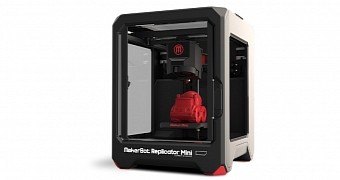Quantity vs. quality has been a long-lasting argument since time immemorial, but quantity is a quality all on its own. But in spite of that, 3D printing technology might turn the whole issue on its head soon enough.
In a way, concerns have been raised by the quality of the products that 3D printing has been affecting that much, though there has definitely been progress there.
Certain parties have begun to look into what 3D printing technology can do in regards to product safety, both at the production level and when it comes to their use.
Both benefits and risks exist, but the former seem to be outnumbered by the latter. It remains to be seen if the quality of the benefits outweighs the quantity of the disadvantages.
The benefits that 3D printing tech can bring to product safety
It is now cheaper to revise and refine product prototypes. Designers can design, test and improve an item in a lot less time than before, and for much less money.
Custom-made products will have increased appeal and, thus, will add strength to the brand of whatever company sells them. After all, objects made to specification bring higher ergonomic convenience, enhanced utility and security.
There will also be advancements in localized production and distribution for certain products, enabling better safety and quality control, as well as reducing the size of the supply chain. This, in turn, can further reduce the costs of production and maintaining inventories.
The risks of 3D printing
New physical and chemical hazards are bound to crop up, especially now that additive manufacturing is branching out from plastics, resins and metals to other polymers, biological mixtures and food.
Product design and hazard reduction safety principles might be overlooked by users of 3D printers (instructions, warning), which could lead to more accidents or at best defective products.
Product standards and regulations might not be met by new producers and suppliers if they misjudge the quality of their 3D printing technologies.
Pop-up factories and suppliers are another issue, as they will make it easier for rogue operators to slip past the red tape.
Moreover, raw materials may suffer in terms of quality, and they might not even be subject to checks at all.
Finally, existing products may end up receiving incorrect parts, or parts that are made in ways that render them unsafe.
The bottom line
Clearly, quality and safety control protocols have to be overhauled, or perhaps a new section should be written up just for this new way to create things. The Product Safety Solutions’ white paper seems to be a good start, but it might evolve over time.

 14 DAY TRIAL //
14 DAY TRIAL //